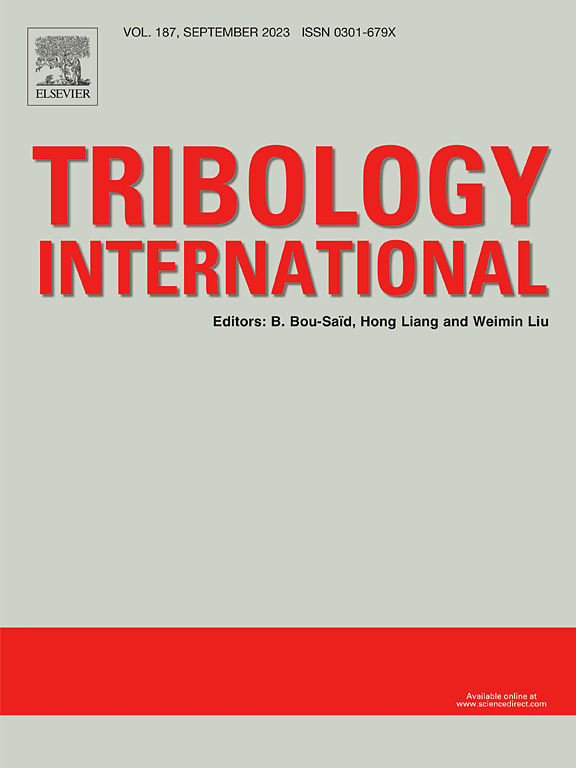Promoting resource equity through the systematic literature review in analysing cryo-lubrication techniques for sustainable machining processes
IF 6.1
1区 工程技术
Q1 ENGINEERING, MECHANICAL
引用次数: 0
Abstract
The Cryo-lubrication technique was introduced to minimize the environmental impact produced by traditional flood cooling and to promote resource equity in a sustainable manner. The synergetic interaction of cryogenic coolant and minimum quantity lubrication (MQL) produces a hybrid cryo-lubrication effect that significantly reduces the thermal-mechanical damage associated with tool-workpiece interaction. This leads to enhanced machinability and increased dimensional accuracy. To provide more insight into hybrid lubrication effectiveness, this article presents a systematic literature review of cryo-lubrication techniques for machining many difficult-to-cut materials. Two leading databases, Scopus and ScienceDirect, are used to select 82 relevant research articles published during the last six years from 2018 to 2023. The contents incudes, (a) review of cryo-lubrication fundamentals, (b) summary of the characteristics of cryo-lubrication types, (c) in-depth analysis on the effectiveness and challenges of each cryo-lubrication technique in machining processes, and d) suggestions for future perspectives. It is summarized that cryo-lubrication is better than flood, dry, cryogenic, and MQL environments in demonstrating superior heat transfer characteristics, improving chip breakability, reducing cutting force and power consumption, and enhancing surface integrity. However, in some cases, the excessive surface hardening induced by low-temperature coolant may impedes the machining performance and increased the surface roughness, cutting force, and energy consumption, thereby emphasizing potential advancements in this field.
求助全文
约1分钟内获得全文
求助全文
来源期刊

Tribology International
工程技术-工程:机械
CiteScore
10.10
自引率
16.10%
发文量
627
审稿时长
35 days
期刊介绍:
Tribology is the science of rubbing surfaces and contributes to every facet of our everyday life, from live cell friction to engine lubrication and seismology. As such tribology is truly multidisciplinary and this extraordinary breadth of scientific interest is reflected in the scope of Tribology International.
Tribology International seeks to publish original research papers of the highest scientific quality to provide an archival resource for scientists from all backgrounds. Written contributions are invited reporting experimental and modelling studies both in established areas of tribology and emerging fields. Scientific topics include the physics or chemistry of tribo-surfaces, bio-tribology, surface engineering and materials, contact mechanics, nano-tribology, lubricants and hydrodynamic lubrication.
 求助内容:
求助内容: 应助结果提醒方式:
应助结果提醒方式:


